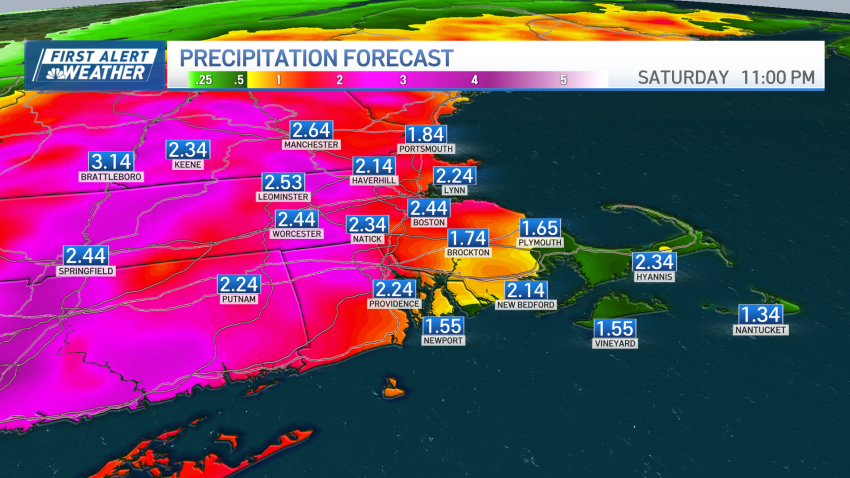
Pop-up storms giving way to heavy rain for Boston's morning commute (live radar)
Friday brings windswept rain and some flooding potential across the Boston, Massachusetts, area.

Friday brings windswept rain and some flooding potential across the Boston, Massachusetts, area.

Shaquille O’Neal and Charles Barkley explain why the Knicks need to have a must-win mentality vs. Celtics in Game 3.

A.J. Highsmith is following his father to New England to take the Patriots’ director of pro scouting job, per a report.

Red Sox manager Alex Cora offered his thoughts on the Celtics’ struggles against the Knicks and the difficulty of repeating as a champion.

Jayson Tatum hasn’t played like a superstar against the Knicks, and that’s huge problem for the Celtics.

A Cambridge biotech is winding down operations and laying off the majority of its team.

How can the Celtics bounce back against the Knicks and win Game 3 of the series? Check out our list of adjustments.

Here’s why Jaylen Brown is confident the Celtics will respond from two crushing defeats to the Knicks in Games 1 and 2 of their playoff series.

On “Canton Confidential,” our legal experts discussed when the search happened, why that’s so important to the case and more.

The Celtics lost 91-90 to the Knicks at TD Garden Wednesday night, now down 2-0 in the Eastern Conference semifinals

A witness for the prosecution in Karen Read’s second murder trial testified Wednesday that a critical phone search for hypothermia was done after the defendant’s Boston police officer boyfriend was found in the snow not hours earlier.

While it’s still bright and mild today, the looming rain has everyone by the tail.

The Knicks’ perseverance could be the difference-maker in their Eastern Conference semifinals series vs. the Celtics.

Hundreds of bands and musical artist will perform for free on porches in Somerville, Massachusetts

Celtics big man Kristaps Porzingis shared a less-than-encouraging update on the illness that’s limited his minutes against the Knicks this series.